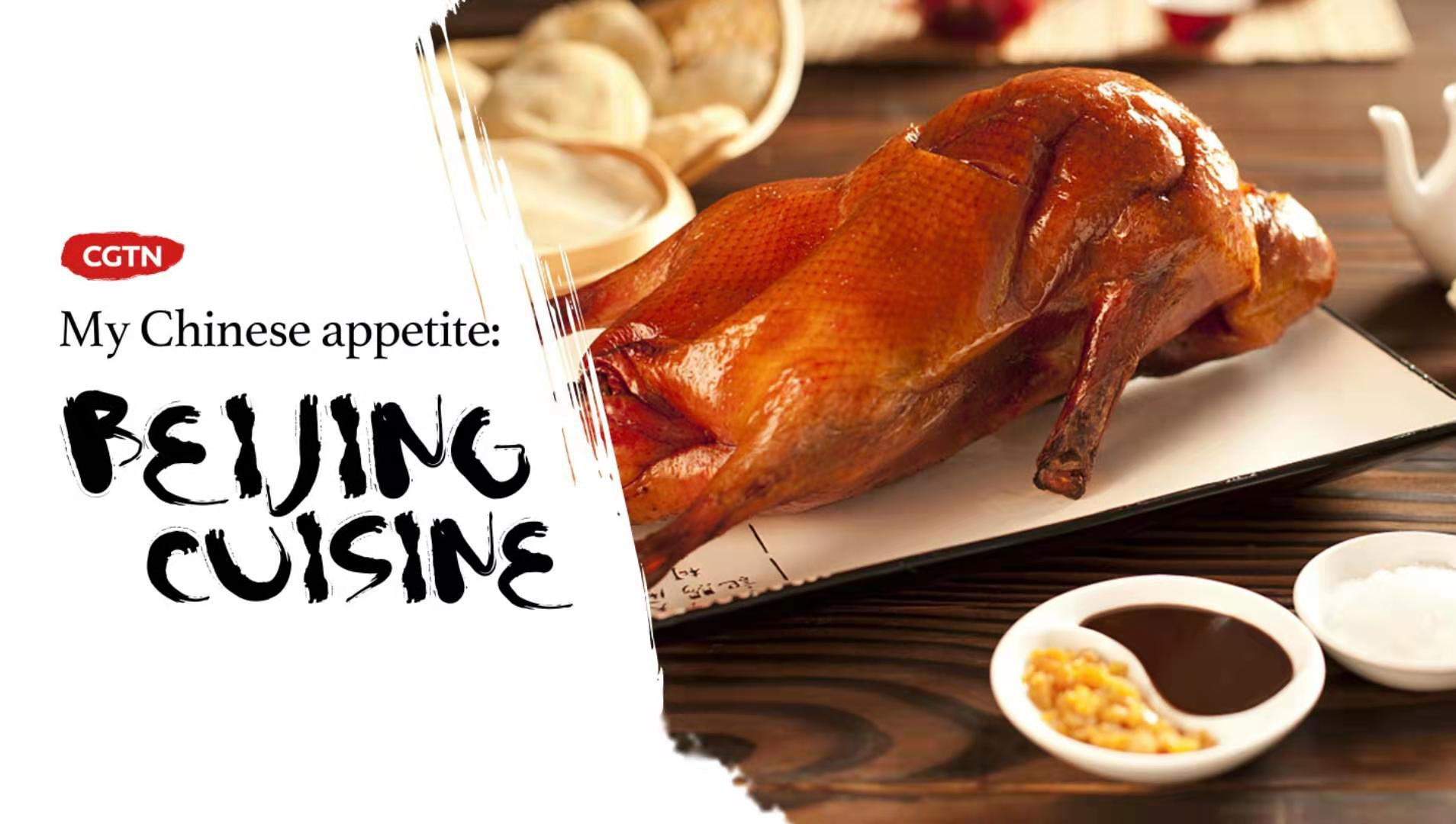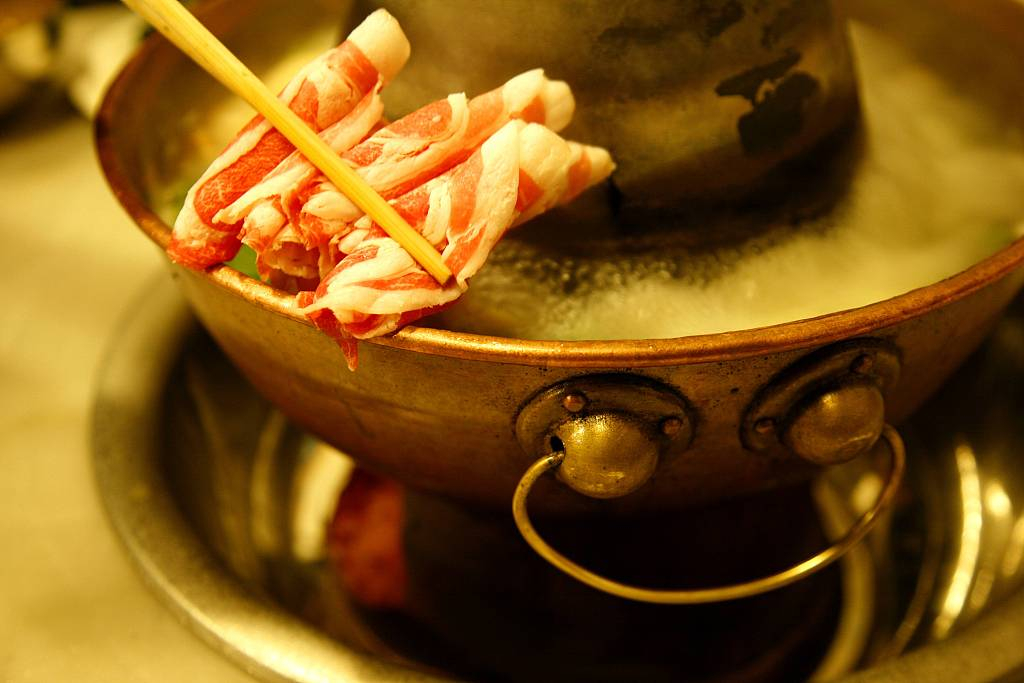

Beijing cuisine came into being under the influence of several culinary styles in northern China, such as Lu cuisine, as well as the cultures of the Hui ethnic group and Inner Mongolia Autonomous Region. By the time of the Ming and Qing dynasties, Beijing was the political, economic and cultural center of the country. The best chefs in the country were gathered in Beijing to work in the imperial palace, and these cooking techniques for the royalty started to prevail in the city. Beijing cuisine also consists of snacks developed by citizens and sold on the streets, many of them still standing strong and becoming a part of the city's culture and history.

Peking Duck /VCG Photo
The Peking Duck is a signature dish in Beijing. It is cooked in two different ways, closed-oven and open-oven, representing two old-school but still popular restaurants, Bian Yi Fang, and Quan Ju De. There are different criteria for the two styles, thus producing different tastes.
In the closed-oven style, the oven is heated first, then the duck is put in after the fire is off. The heat inside cooks the duck. In the end, the skin and meat are separated from each other.
In the open-oven style, the duck is cooked on fire fed by wood. When it's done, the duck's skin and meat should still stick to each other.

Shuan Yang Rou /VCG Photo
"Shuan Yang Rou" is the Beijing style of hotpot. Technically, hotpot is the signature dish for the culinary styles of Sichuan Province and Chongqing Municipality. "Yang Rou" means mutton, and "Shuan" is the action to swipe them across the boiling water to cook them. Legend has it that this dish was born during the Yuan Dynasty in China, hence it bares much resemblance to its counterpart from Inner Mongolia's culinary culture.

Copyright © 2018 CGTN. Beijing ICP prepared NO.16065310-3
Copyright © 2018 CGTN. Beijing ICP prepared NO.16065310-3